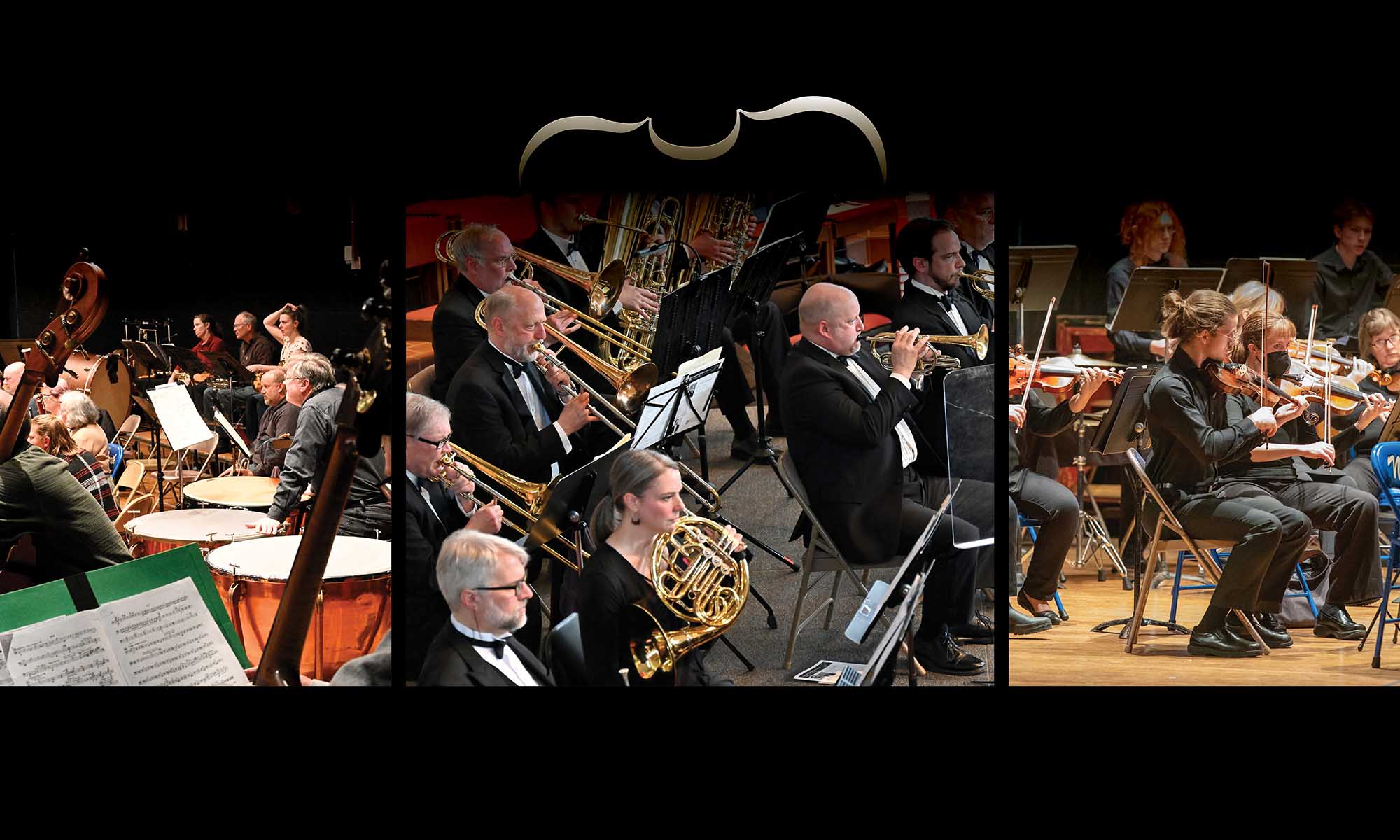The Metropolitan Symphony Orchestra
William Schrickel, Music Director
Beethoven’s Fifth!
Sunday, March 29, 2015 at 4:00 PM
Roseville Lutheran Church, Roseville, Minnesota
William Schrickel, conductor
Daniel Erdmann, viola
Samuel Barber – Essay No. 1 for Orchestra
Daniel Erdmann – Concerto for Viola and Orchestra, Daniel Erdmann, viola
Ludwig van Beethoven – Symphony No. 5 in C minor
PROGRAM NOTES by Music Director William Schrickel:
Samuel Barber (1910-1981) became the first American composer to have his music performed at the Salzburg Festival when Artur Rodzinski conducted the composer’s First Symphony there in July of 1937. Arturo Toscanini was in the audience, and he asked Barber to write a new piece that Toscanini could conduct with his own NBC Symphony Orchestra. Barber’s First Essay for Orchestra was given its first performance by Toscanini and the NBC Symphony in November of 1938. The work opens with a dark, ruminative theme initially heard in the lower strings. As additional instruments join, the intensity level increases until sonorous brass and tympani proclaim a climactic fanfare. Hushed strings reprise the opening music, leading directly to the Essay’s fast central fugal section. Morphing in character from playful to insistent to threatening to demonic, this virtuosic scherzo brilliantly incorporates several new musical ideas that ultimately serve to accompany the celli and horns in a restatement of the introduction’s brooding theme. The tempo slows in a massive, thrilling ritardando that links to a final anguished presentation of the Essay’s initial material. The work ends with a musical question mark as the haunting sound of muted trumpets mysteriously recalls the brass fanfare from the Essay’s opening section.
Composer Daniel Erdmann wrote the following note about his Concerto for Viola and Orchestra, a work receiving its world premiere performance on this concert:
“I decided to write my Concerto for Viola and Orchestra in 2005 when I was a freshman at St. Olaf College. During that time, I had fallen in love with Romantic era orchestral music from the 19th and early 20th centuries. As a violist, I spent months searching for an inspiring Romantic viola concerto that I could learn to play. Great composers I admire such as Tchaikovsky, Sibelius, Dvorak, Rachmaninoff, and Barber wrote many incredible concertos, but none for the viola. I decided to thoroughly teach myself composition and orchestration so that I could take on the challenge of writing my own viola concerto.
As my early attempts at writing the piece came to dead ends, I realized that I needed to allow the inspiration for the music as a whole to be completely honest and personal. The concerto is structured in three movements following Classical and Romantic traditions with a slow middle movement surrounded by faster outer movements. Though each movement is based roughly around classical music forms (sonata, song form, and rondo respectively), the music chronicles a personal story of depression, love, and overwhelming happiness. My hope is that the music will speak for itself, and resonate with the listener on their own terms.”
Ludwig van Beethoven (1770-1826) completed his 5th Symphony in 1808, though sketches of the work appear in his notebooks from as far back as 1800. The opening 4-note theme is the most famous in all of music, and its distinctive rhythmic profile of three short notes followed by a long one recurs in each of the symphony’s subsequent movements. Beethoven balances the drama and struggle of the C-minor first movement with a lyrical second movement, a theme and variations in a reposeful A-flat major. The third movement, a mysterious, shadowy scherzo, returns to the opening movement’s C-minor tonality and features a virtuoso central trio section showcasing the celli and basses. The scherzo is linked to the finale by an amazing transitional passage wherein the timpani plays the 4-note rhythmic motto over sustained pianissimo string chords. Beethoven increases the size and scope of the orchestra for the celebratory C-major last movement, introducing 3 trombones, piccolo and contra-bassoon into the texture, and the presto coda brings the symphony’s journey from darkness to light to a jubilant conclusion.
